Feb 27, 2024 | Dogs, General
Dogs are rarely naturally aggressive. If cases of aggression occur, it is usually due to incorrect posture, violent upbringing or a misinterpretation of behavior.
Whenever a biting accident is reported in the press, calls for a dog license become louder. What is forgotten is that dogs are very rarely naturally aggressive. In many cases the reason is due to incorrect attitude and violent, aggressive upbringing. A misinterpretation of the four-legged friend’s behavior can also be the cause. What does a dog license do and what should you pay attention to?
What exactly is the dog license?
With a dog license, the dog owner acquires a certificate. An exam with a theoretical and practical part must be taken. The theoretical part consists of questions about species-appropriate husbandry, legal regulations and the appropriate handling of a dog. In the practical test, the dog and owner must pass typical everyday situations. For example, lying quietly under the table in the cafe even though the waiter or other guests come to the table. The dog should also be able to tolerate unusual movement patterns (e.g. children on scooters) when walking without a leash.
Where can the test be taken?
Associations such as the International Professional Association of Dog Trainers (IBH), the Association for the German Dog Industry (VDH) or the BHV (Professional Association of Dog Trainers and Behavior Consultants) take the dog driving license test. The costs are around €100.
Proof of expertise is mandatory in Lower Saxony.
Since July 2013, proof of expertise has been mandatory in Lower Saxony for anyone who buys a new dog. This proof is colloquially known as a dog license. However, not all authorities recognize all certificates of expertise. It is therefore advisable to seek advice from the relevant authorities.
What regulations apply in the other federal states?
There are no uniform rules across Germany, only requirements for binding proof for all dog owners. In Bavaria you only need a permit to keep so-called fighting dogs. Which dogs fall under this term can be found in the fighting dog regulations. In Berlin, stricter rules apply to all dogs if you want to let them off the leash.
What are the advantages of a dog license?
On the one hand, you gain an understanding of how well you have your dog under control. On the other hand, having a driving license offers financial incentives: There are municipalities that offer an exemption from dog tax after receiving a dog driving license. In other communities, the dog tax is at least reduced upon presentation of the dog license.
What does the dog owner have to master during the test?
The requirements vary slightly from state to state. The examinations of the various associations are also different. Approximately 35 – 40 questions must be answered on the topics of training, fear, aggression, upbringing, reproduction, health, attitude, communication, care, race and relevant law. To pass, the owner must answer at least 80% of the questions correctly.
What does the owner have to be able to do practically?
The dog driving license test is about the animal’s suitability for everyday use. Numerous situations are played out. The owner of the animal must have the dog under control so that it does not jump up on passers-by. He must also have his dog under control so that he can let him walk in public without a leash.
Feb 27, 2024 | Dogs, General
Spring is coming, the sun is warming us. We look forward to long walks and long walks with our dogs. And so the tick plague begins again. If you want to protect yourself and your four-legged friend from ticks, you can use relatively safe and environmentally friendly methods. There are wonderful herbal products that can help. You don’t always have to shoot sparrows with cannons. However, if you live in an area with a heavy tick infestation, you may have to resort to a spot-on. The best place to discuss this is with your veterinarian.
We introduce you to healthy alternatives to fend off ticks.
Why many products that protect against ticks are so dangerous for your animal.
There are a variety of spot-ons and tablets on the market that use chemical ingredients to protect against ticks. It contains chemicals such as permethrin, pyroproxifen, methoprene, fipronil or imidacloprid. Tablets contain, among other things, flurolaner. These active ingredients have caused serious health problems in the animals in the experimental laboratories. The inactive ingredients it contains can also harm your dog. Some of these toxins are fatal to cats. If your family includes a dog and a cat, you should think about less toxic options and do your research.
Many package inserts warn not to let the substances come into contact with your own skin when applying them. It is recommended to wash your hands thoroughly after use and to keep the products away from children. But in order to protect the dog from ticks, the product must be applied to the animal’s skin. An overdose of pesticides can cause dogs to experience vomiting, diarrhea, tremors, convulsions and breathing problems. If any of these symptoms occur, wash the product thoroughly and seek veterinary attention immediately.
A strong immune system is a good start.
Well-fed, healthy dogs with a strong immune system attract fewer parasites. This is what experience shows. And just like with us humans, the key to good health is diet. Find out more about the ingredients in the food. Dog food usually consists of leftovers from the meat industry that are no longer suitable for human consumption. In Germany, only hygienically perfect by-products may be used to produce the feed. But since the rotten meat scandals, we know what can get into our food and that of our pets.
It’s best to think intensively about the topic of nutrition for your dog. This is the only way you can be sure that you are doing everything you can to ensure the health of your four-legged friend.
.
Protect against ticks with the power of nature.
B vitamin tablets are a good prevention against tick infestation. Adding coconut oil (please organic quality) to the feed also helps. This is not necessarily scientifically proven, but it has been tested in practice. Coconut oil is rich in oleic and linoleic acid, vitamins E and K, iron and organic sulfur. The lauric, capric and caprylic acids contained strengthen the immune system and have antibacterial, antifungal and antiviral effects.
There are also spot-ons with purely herbal extracts that protect against ticks. These botanicals are not liked by ticks and are applied to the animal’s neck. You can also apply herbal lotions based on coconut and neem oil. These care for the fur and last for 2-3 hours.
You can also make your own effective repellent against parasites. You can fill the mixture into a spray bottle and spray your dog with it before every walk.
Mix 5 drops each of tea tree, citronella, rosemary, peppermint and eucalyptus oils with a cup of water. Shake the mixture well and pour it into a spray bottle. You can spray your dog with this tincture daily. It will protect him from ticks.
Download – Recipe for a natural tick repellent for dogs.
Caution:
Under no circumstances should you use the spray on cats. Essential oils can be fatal to cats. Cats cannot metabolize essential oils and only excrete them slowly. They accumulate in the body and have a toxic effect. Just a few drops can cause a cat to become ill.
Feb 23, 2024 | Dogs, General
Temperatures that are comfortable for us can, under certain circumstances, lead to heat stroke for the dog.
Heat stroke in dogs
If temperatures rise to over 25°C in summer, dogs are more likely to suffer from heatstroke. Since there are no sweat glands on large parts of the skin in dogs and cats, the animals are very sensitive to heat. Sweat glands are only located on the nose and the ball of the nose. This is too small a surface area to regulate body temperature sufficiently. And unlike humans, the warm fur can be exchanged for an airy summer dress.
How does heatstroke occur in dogs?
If the dog is exposed to heat for a long time and has no opportunity to retreat to a cool place, the dog can very quickly develop heat stroke. If you park your car in the sun at a pleasant 24°C, it can become a fatal trap for your dog inside within an hour. Never leave your dog alone in the car, even if it is in the shade. The sun moves and the car turns into an oven within a very short time.
In warm weather, high humidity, and strenuous physical activity, well-trained dogs can suffer heat stroke. Rescue dogs may only be used for 15 minutes at temperatures above 30°C. Then a sufficiently long break must be taken and the animal must have unrestricted access to water. To ensure that the rescue dog is adequately protected, the body temperature is checked regularly.
If your dog is a flat-nosed dog (e.g. French Bulldog, Pug, Boxer, Cavalier King Charles Spaniel, Pekingese…) you should be particularly careful. Even a quiet walk in the midday heat can cause heat stroke in a dog with restricted breathing.
What happens when you have heat stroke?
Dogs dissipate heat by panting. Due to the resulting loss of fluid, the animals become dehydrated and their body temperature continues to rise. From a body temperature of 40°C, the organs are no longer adequately supplied with blood, significant circulatory problems occur and shock can occur. If the body temperature continues to rise, the body’s own protein clots, the animal collapses and, after a painful struggle, dies of heart failure.
These are the signs of heat stroke:
- heavy panting and shallow breathing
- great restlessness, the dog is looking for a place in the shade
- rapid pulse and heart palpitations
- Body temperature over 40°C
- deep red tongue and glassy gaze
- Inside of ears are hot and red
- the animal is exhausted, restless and convulsing
- Vomiting and diarrhea
- Balance disorders and staggering
- Apathy and, in the worst case, unconsciousness
First aid measures for heat stroke:
- move the animal to a cool, well-ventilated place
- offer the animal measured water (never force it)
- place the dog on a damp towel and cool his head and neck
- slowly moisten the legs
- shower the animal slowly and carefully, starting with the legs
- Do not under any circumstances pour water on the animal, risk of shock!
- under no circumstances use ice-cold water, danger to life!
- If the dog is unconscious, place him on his right side, stretching his head and neck to prevent suffocation
take the animal to the vet immediately
If you have a heat-damaged dog, you should always and under all circumstances consult a veterinarian! Only a veterinarian has the chance to prevent irreparable damage and initiate emergency measures.
Here are some useful tips on how to get your dog through the summer heat!
Feb 23, 2024 | Dogs, General
Why a quiet, restful sleep is so important for dogs.
For most dogs, the daily routine is similar. After the last round of walks, the dog and his owner go to bed. Peace returns, the dog can switch off and get a restful sleep. With a bit of luck next to your master and mistress in the bedroom. These sleeping sounds calm the pack animal dog the most.
It starts with the first alarm ringing. People become active and from this point on, the four-legged friend can no longer properly assess everyday life. He finds it difficult to switch off and usually just dozes in our presence.
If the dog sleeps deeply and soundly, the dog usually lies stretched out for a long time and there is hardly any body tension. If the four-legged friend is just resting, his eyes are closed, but he is always ready to react immediately to any deviations.
Healthy, sufficient and restful sleep is essential for dogs.
Rest periods throughout the day are extremely important to gather strength and process experiences. In addition, the immune system is strengthened and our four-legged friend is less susceptible to illness. Dogs get restful sleep, are much more relaxed in their behavior, more receptive, learn faster and have better motor skills.
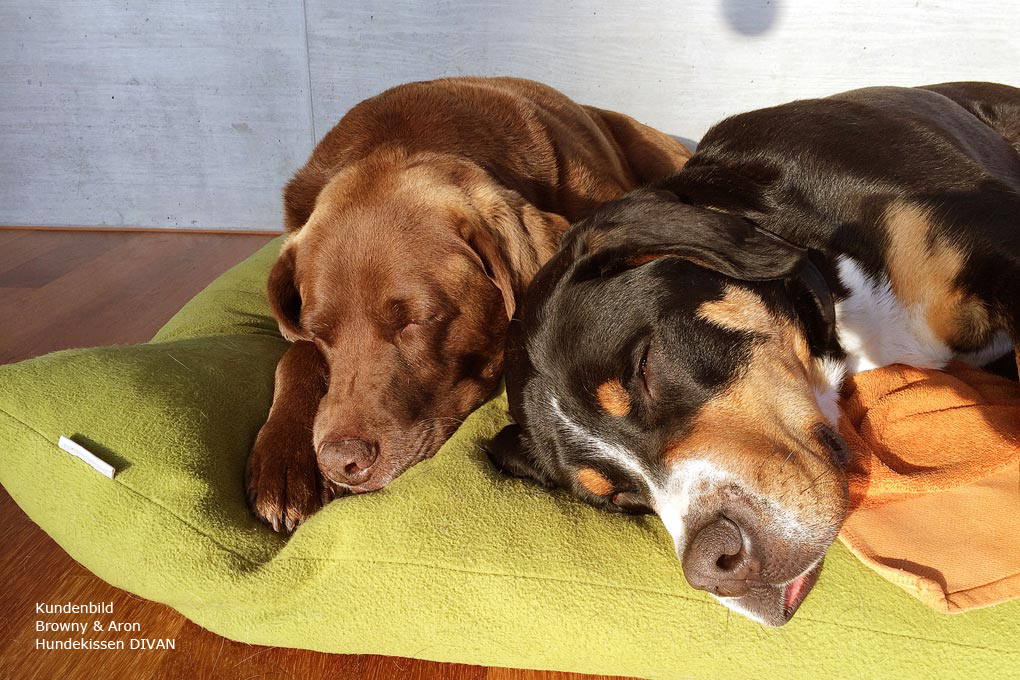
Dogs need a restful sleep.
How do I recognise if my dog is sleeping deeply?
If the dog is just resting, he has his eyes open and is looking around. He lies quietly in his place in the dog bed and doesn’t let himself be disturbed immediately.
When the dog is dozing, its nose and ears scan the surroundings. He has his eyes closed, is breathing normally and is not dreaming.
Dogs’ deep sleep phases are quite similar to those of humans. When you fall asleep, your heart rate and breathing slow down and your blood pressure drops. The REM phase comes in which the dogs process their experiences of the day. If the four-legged friend twitches and whines with his eyes closed, he is dreaming and is in the deep sleep phase. In contrast to humans, who dream for about a quarter of the deep sleep phase, the REM phase in adult dogs only lasts about 10% of their sleeping time, although young dogs need a little more.
Scientists have found that humans and dogs show identical patterns of sleep deprivation. They are initially more overexcited, then unfocused and have poor motor skills. Then comes the phase in which they are very irritable. The first symptoms of illness then appear, which can become chronic.
That’s why you should provide your dog with a place to sleep that offers maximum regeneration, because restful sleep is so important.
Restful sleep can be learned again.
Our dogs are no longer used to natural periods of rest. They are just as active as their master. Many dog owners also think they have to keep the dog busy. But the animal actually has to learn again to fall into a deep sleep during the day. In order for the dog to fall into a deep sleep during the day, a few things must be considered.
The perfect sleeping place is the be-all and end-all for the optimal regeneration of your four-legged friend.
Nature has shaped dogs’ natural sleep experience. In order to have a feeling of security and protection, wolves dig a hole for themselves. Dogs get this security when their backs are protected, for example with our BOOX, CUBE, BLOOM dog bed or our ARENA dog basket.
Do not place the dog basket in the middle of the room. It is better to place it on a quiet side or corner of the room, without direct sunlight and free from drafts. Also not directly in front of the heater, as the dog can quickly become too warm. Please do not place the sleeping area in a passage or hallway. There is too much “traffic” and unrest at this point. So that your furry friend can switch off and find peace, a somewhat hidden, protected place is the right place for the dog bed.
To prevent joint problems, please do not let your dog sleep directly on the cold, hard floor. Provide him with a place to sleep that is well insulated from cold and heat (underfloor heating). Our dog cushions are thick enough to meet these requirements. The orthopedic latex filling also ensures a healthy, deep sleep. It supports the dog’s body with its excellent point elasticity and optimally reflects the body shape so that there is no pressure on the intervertebral discs and spine. This ensures optimal muscle relaxation.
If the dog already has problems with its joints, we recommend a viscoelastic (memory foam) dog mat like our PAUL or MARY.
Make sure the dog bed is the right size. The dog should also be able to stretch out properly.
Which also ensures a good night’s sleep.
Exercise and exposure to fresh air are essential for a good night’s sleep. Mental demands such as nose work and tracking require not only the muscles but also the head. A restful sleep also depends on a good sleeping environment, but we have already discussed that. At night it is also important that the room is dark. The animal should also not be disturbed by loud ambient noises. To ensure that the bladder doesn’t strain during the night and prevent the dog from sleeping through the night, a final walk should take place before going to bed. Feed him early in the evening so that he has enough time to digest his evening meal.
Serious causes of too much sleep.
There is a big difference between sleeping and lying lethargic. Watch your dog closely. If he seems rather sluggish and lethargic, you should first check his feeding habits. Is it possible that your four-legged friend is not drinking enough or does he hardly have an appetite? This can be a serious red flag. When we humans have the flu, we don’t want to get out of bed and suffer from loss of appetite and lack of motivation. Watch your dog closely and see if he might
– receives too little employment and is under-challenged
– suffers from an underactive thyroid
– Is diabetic
– suffers from depression
– was infected with Lyme disease from a tick bite
Basically: 16 to 20 hours of sleep is normal for dogs and usually not a cause for concern. However, if your animal’s behavior suddenly changes, he is much less active, lies lethargic in his bed, or his drinking habits or eating behavior change, you should always consult a veterinarian.
Feb 17, 2024 | Dogs
Was macht ein Hundebett zum besten Hundebett für meinen Hund?
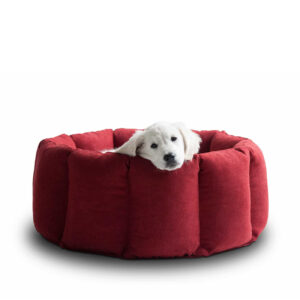
Fest gepolstertes Hundebett BLOOM, das beste Hundebett, auch für Angsthunde.
Die Qualität der Liegefläche ist bei einem Hundebett das wichtigste Auswahlkriterium.
Da Hunde fast 80% des Tages mit schlafen, dösen und ruhen verbringen, ist die Schlafunterlage des Hundebettes extrem wichtig. Es zahlt sich aus, auch für junge Hunde bereits eine orthopädische Liegefläche (Latexfüllung oder viskoelastischer Schaum) zur Verfügung zu stellen. Denn auch im Wachstum ist es wichtig, dass der Bewegungsapparat wie die Wirbelsäule geschont und die Gelenke entlastet werden. Eine orthopädische Liegefläche im Hundebett führt zu tiefenentspannten Schlaf und optimaler Regeneration. Auch agile, gesunde Hunde wissen eine regenerative Liegefläche sehr zur schätzen. Und für ältere Tiere, oder Hunde die vielleicht schon Gelenkabnutzungen haben, ist eine orthopädische Unterlage fast schon Pflicht. Deshalb werden bei pet-interiors ausschließlich Hundebetten mit einer orthopädischen Liegefläche angeboten.
Für das beste Hundebett ist die perfekte Form mit ausschlaggebend.
Hunde lieben es, im Rücken Halt zu finden. Ein erhöhter Rücken gibt dem schlafenden Tier das Gefühl von Schutz und Sicherheit. Ihr Liebling kann sich wunderbar ankuscheln und fühlt sich sicher und geborgen. Zudem bietet ein hoher Rücken auch Schutz vor Zugluft und Blicken, zum Beispiel beim Hundebett ARENA oder SIRO von pet-interiors.
Auch lieben die Tiere es den Kopf erhöht abzulegen. Das geht gut auf einem erhöhten Rand des Hundebettes oder mit einem speziellen Kopfkissen. Diese Kopfkissen bieten wir bei pet-interiors in vier verschiedenen Größen an. Es sollte also für jedes Hundebett etwas dabei sein.
Ob das Hundebett rund, rechteckig oder quadratisch sein sollte, hängt ziemlich vom Schlafverhalten des Tieres ab. Schläft der Hund bevorzugt eng zusammengerollt, empfiehlt sich ein rundes oder quadratisches Hundebett. Für manche Hunde kann das Bett auch nicht klein genug sein. Sie lieben es, von allen Seiten fest gehalten und so geborgen schlafen zu können. Für diese Tiere empfiehlt sich das BOOX oder BLOOM Hundebett von pet-interiors. Diese Hundebetten sind so gepolstert, dass die Tiere fest gehalten werden, aber dennoch wiederum so weich, dass es nicht unangenehm wird. Diese Art der Betten hat sich vor allem bei Angsthunden sehr gut bewährt.
Ist das Tier ein „Langschläfer“, schläft es also am liebsten lang ausgestreckt und benötigt viel Raum, sollte es ein länglicher oder rechteckiger Schlafplatz sein. Dann empfiehlt sich darauf zu achten, dass Ihr Hund ausreichend Platz hat, um sich richtig lang zu machen und damit die Gelenke der vier Beine noch mit aufliegen und gestützt werden. Für diese Schläfer eignen sich das ARENA und das BLOOM Hundebett.
Welche Größe sollte das beste Hundebett für meinen Hund haben?
Die optimale Größe des Hundebettes ist recht leicht zu bestimmen. Schläft Ihr Liebling eingerollt vor Ihnen auf dem Teppich, können Sie rundherum messen und haben schon einen guten Richtwert. Bei diesem Schlafverhalten kann die Liegefläche durchaus etwas kleiner sein, als die gemessene Fläche, so wird der Hund beim Schlafen leicht von der Bettenumrandung gehalten.
Schläft Ihr Hund aber lieber lang ausgestreckt, dann messen Sie, um die Länge des Hundebettes zu bestimmen, Ihren Hund von der Schnauze bis zum Schwanzansatz und geben noch 20 cm dazu. Für die Breite des Hundebettes messen Sie die Schulterhöhe und geben ebenfalls noch 20 cm dazu. Falls Sie die Möglichkeit haben beide Bettvarianten zur Verfügung zu stellen, machen Sie Ihren Hund wirklich glücklich. So kann er je nach Bedarf und Stimmung den optimalen Platz für erholsamen Schlaf auswählen.
Wie wichtig ist es, dass das Hundebett leicht zu reinigen ist?
Es ist sehr wichtig! Hunde und auch Katzen lieben es sehr, in sauberen Betten zu schlafen. Das merkt man schon alleine daran, wer zuallererst in unseren Betten liegt, sind diese frisch bezogen worden:-)
Wählen Sie ein Hundebett mit abnehmbaren Bezügen, die in der Maschine gewaschen werden können und trocknergeeignet sind. Bei pet-interiors bieten wir für alle unsere Produkte Ersatzbezüge an, das erleichtert die Reinigung zusätzlich. Auch die Latexkissen von pet-interiors können in der Maschine gewaschen werden. Das ist zwar nicht so oft notwendig, da die Latexfüllung milbenresistent ist. Aber sollte mal ein kleines Missgeschick passiert sein, ist es dann leicht wieder behoben. Zusätzlich zu den Ersatzbezügen bieten wir auch Inkontinenzbezüge an. Diese empfehlen sich bei ganz jungen Hunden oder bei Senioren. So halten Sie das beste Hundebett appetitlich sauber und es bleibt für Hunde- und Menschennasen immer angenehm.
Woran erkenne ich, ob es das beste Hundebett für meinen Hund ist?
Qualität hat einfach Ihren Preis und wer billig kauft, kauft zwei mal. Unter unseren Kunden gibt es nicht wenige, die für den Nachfolgehund noch immer das erste Bett in Gebrauch haben. Meist wird nur der Bezug getauscht. Die Latexfüllung ist einfach unverwüstlich, der Liegekomfort auch noch nach Jahren exzellent. Und das Gute daran, schon ab der ersten Stunde schläft Ihr Liebling auf einem hochwertigen Hundebett, das die Wirbelsäule und die Gelenke schont.
Am Besten Sie achten Sie auf die Merkmale die wir hier beschrieben haben, dann können Sie bei der Auswahl des besten Hundebettes nichts falsch machen.
Und wenn Sie sehen, dass Ihr Hund sehr gerne und von alleine sein Hundebett aufsucht, können Sie absolut sicher sein, dass Sie die richtige Wahl getroffen haben.
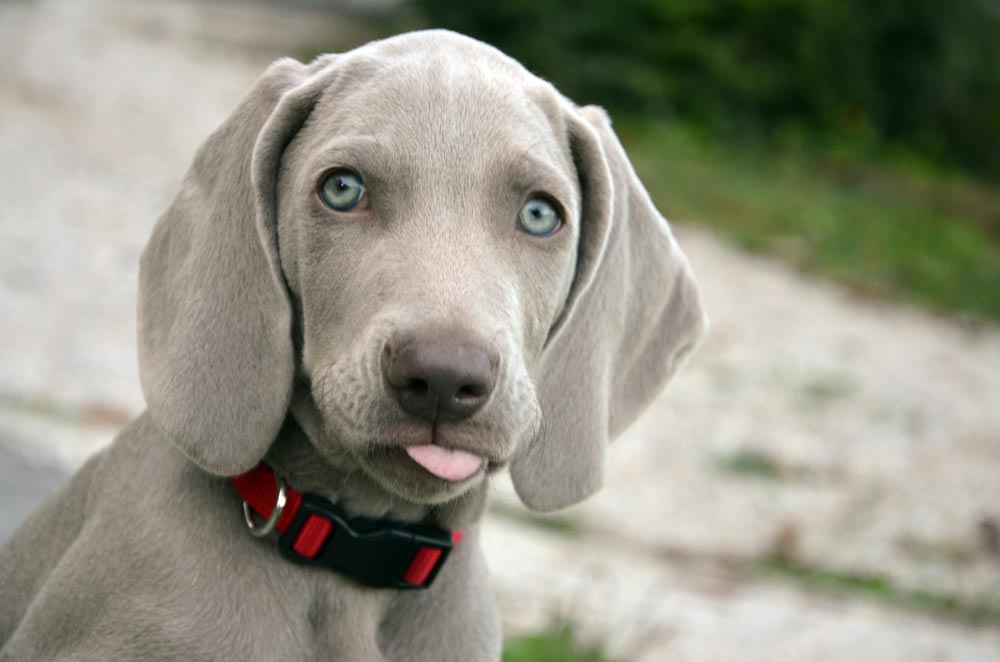

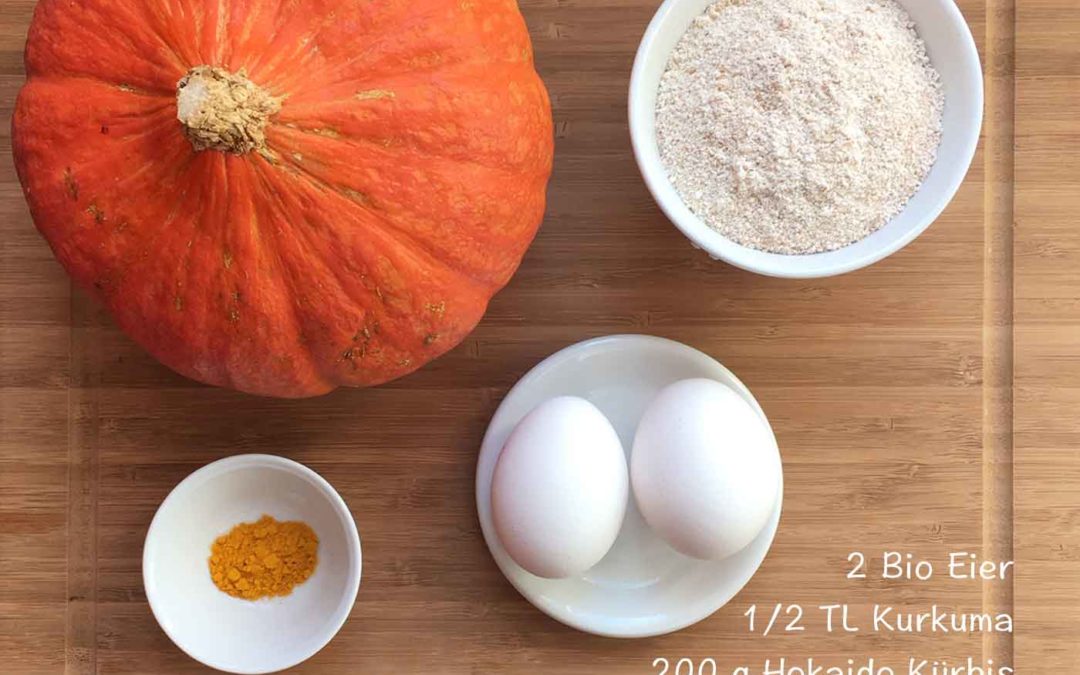






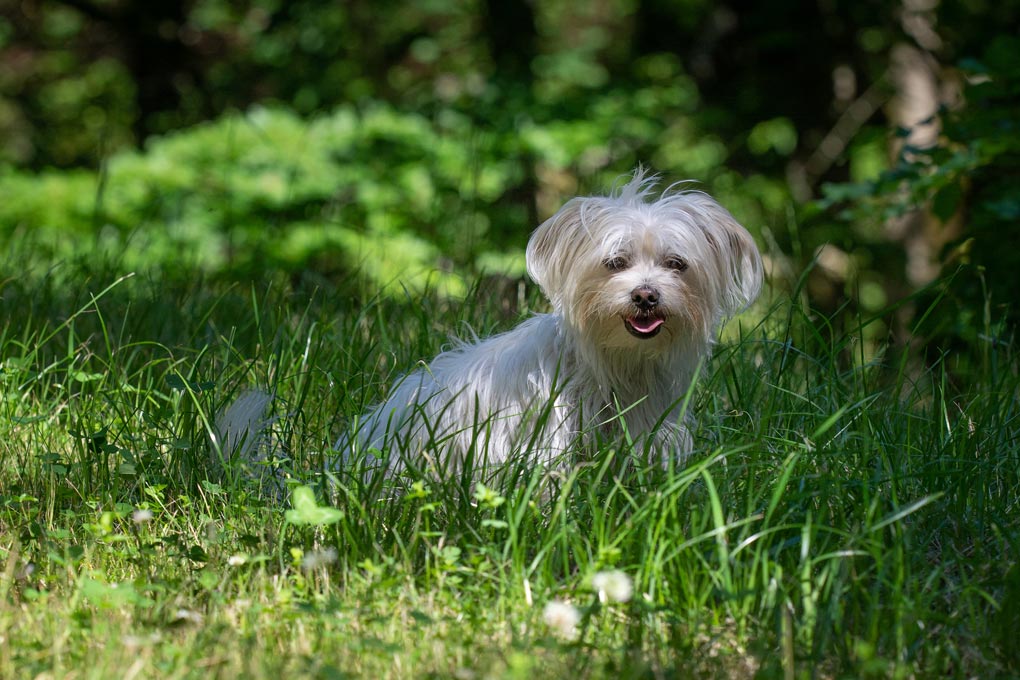

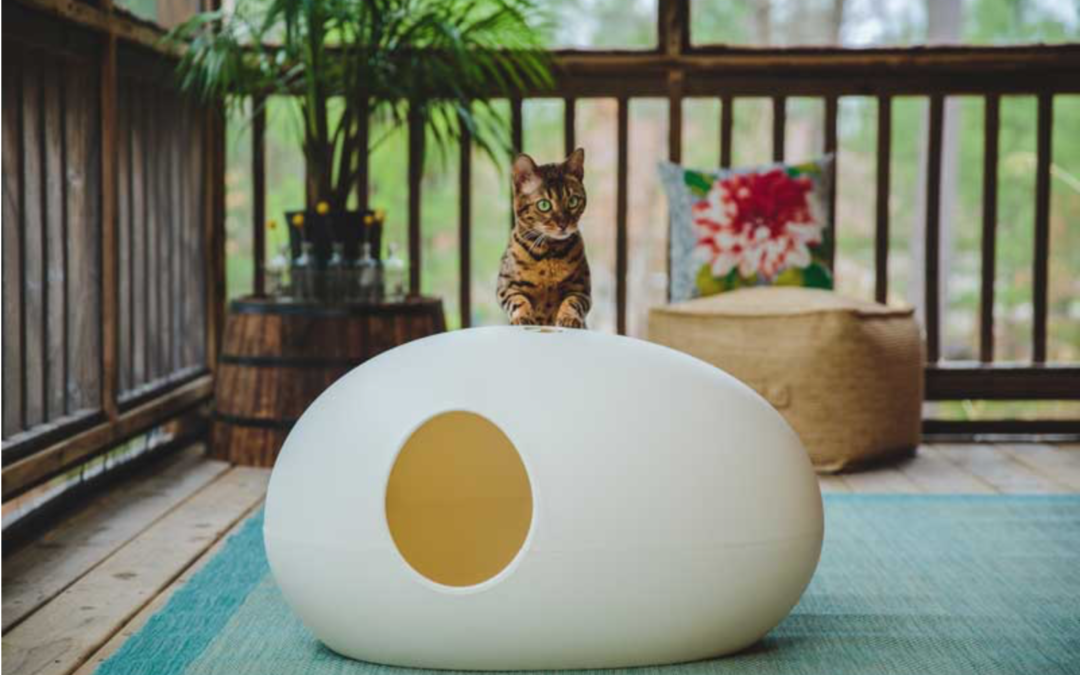
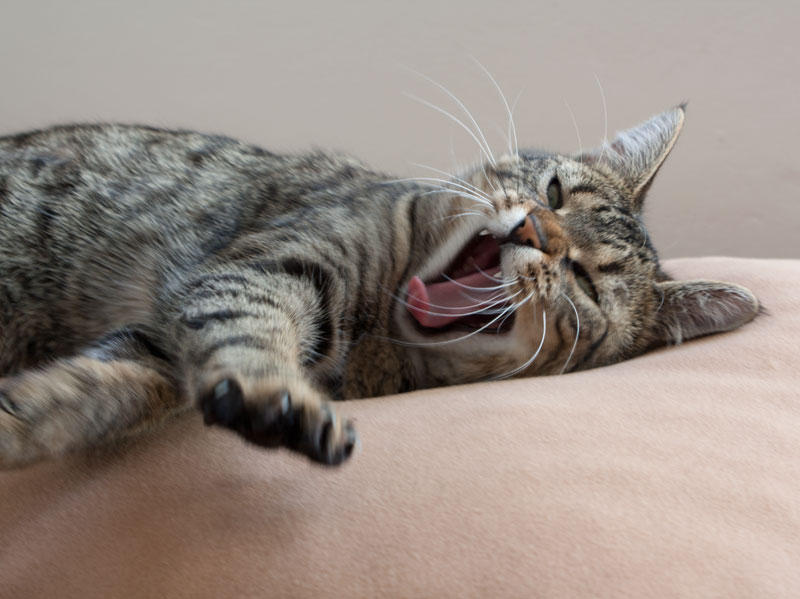
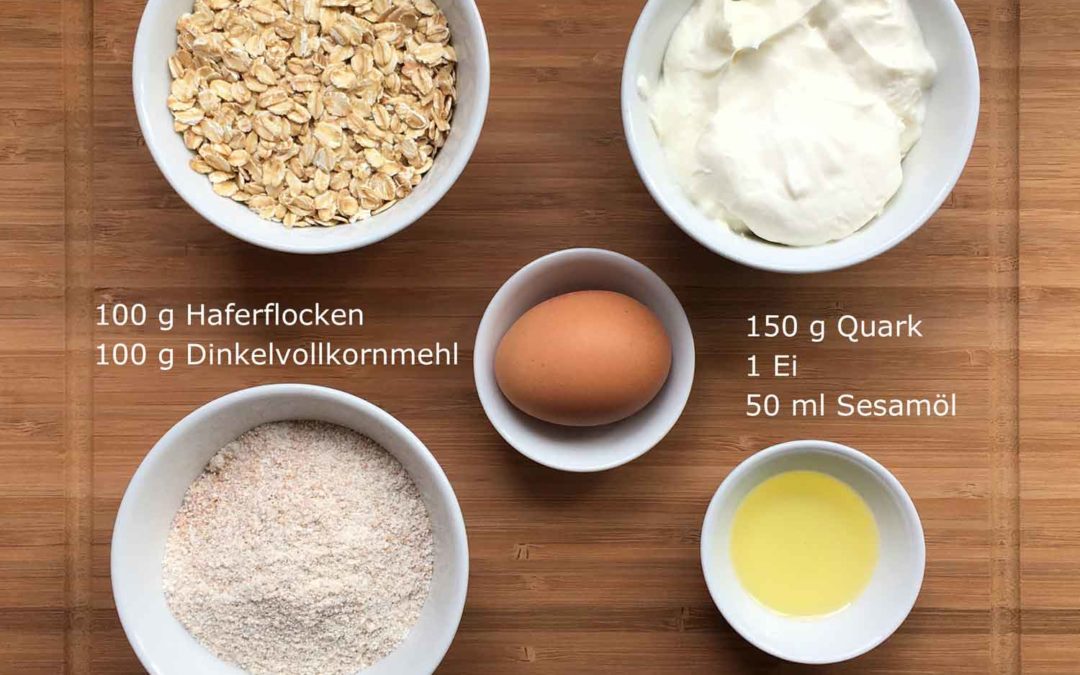
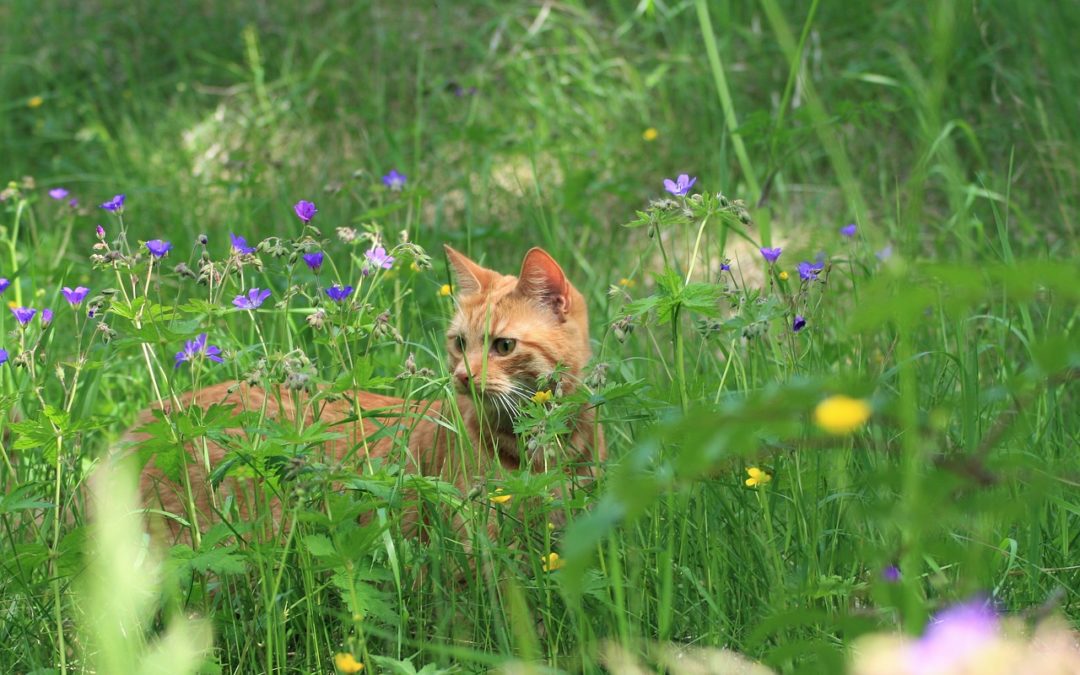


Recent Comments